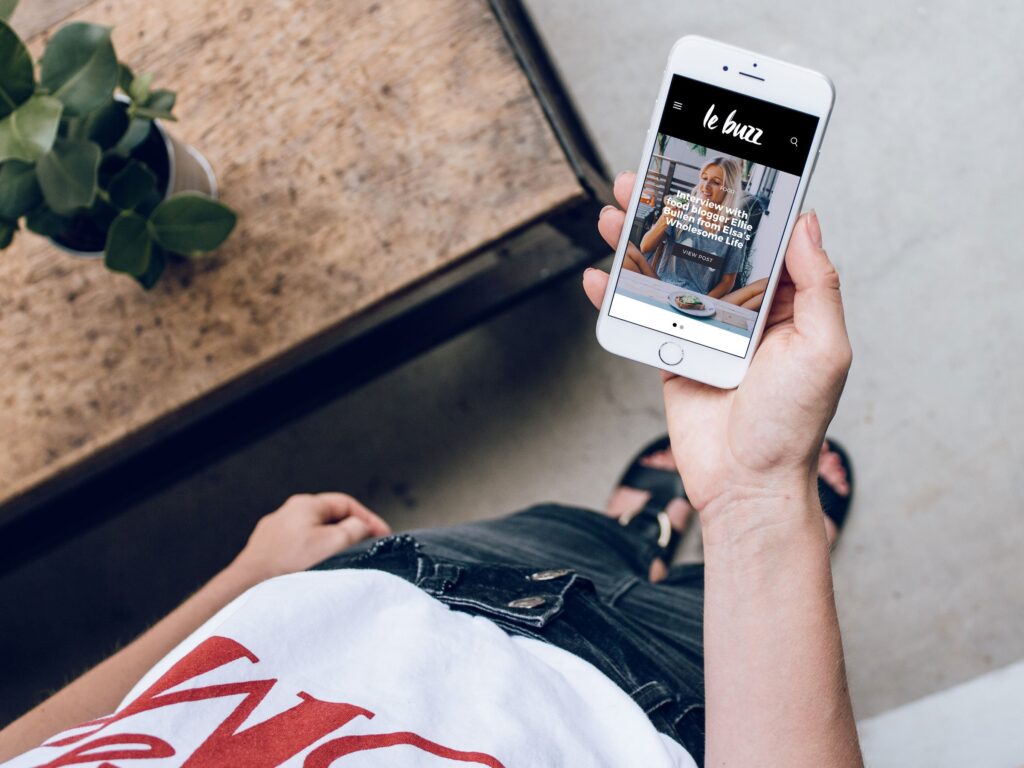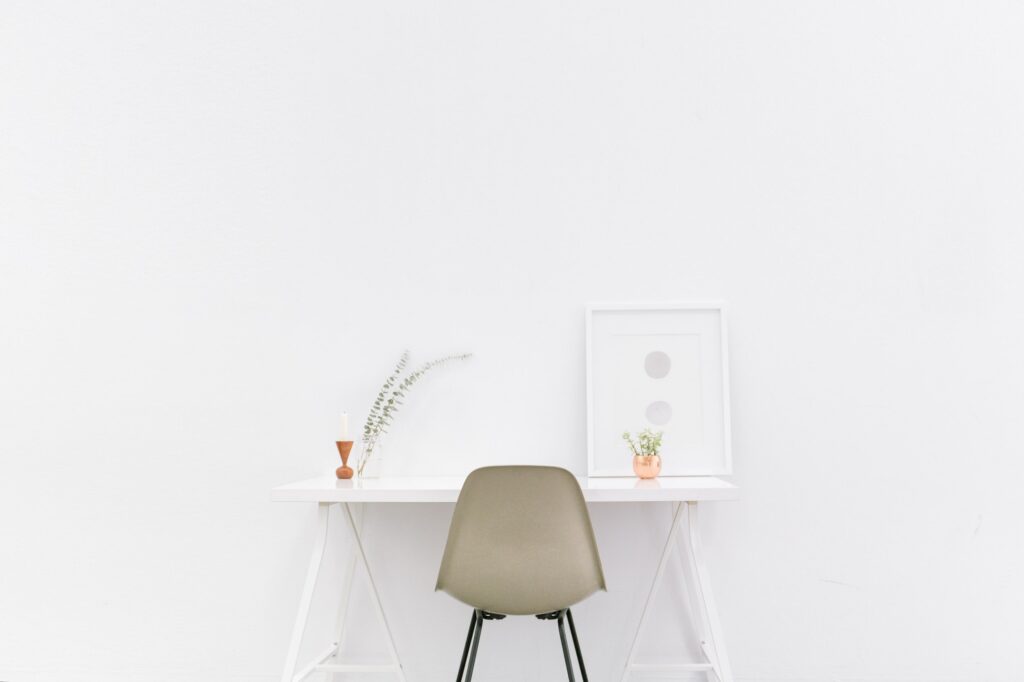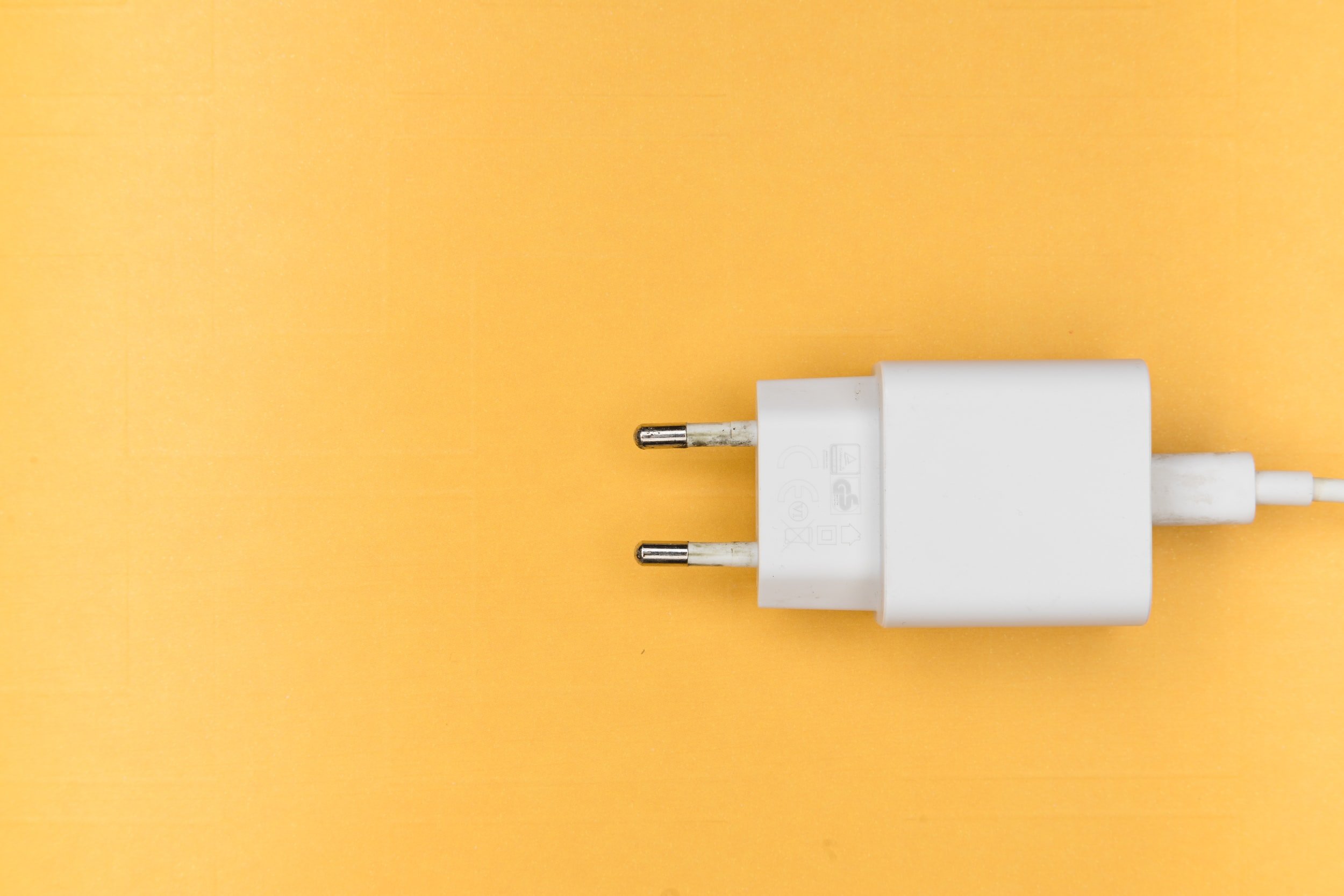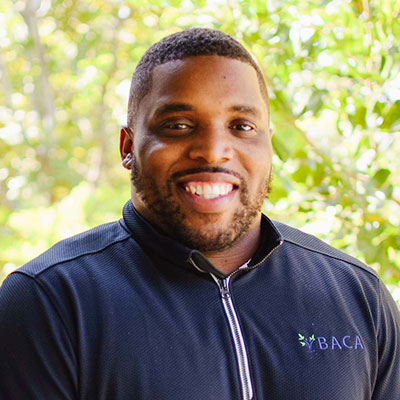Zoom meetings. Text messaging. Instagram. Reddit. Facetime chats. Google hangouts. The list goes on and on and on when it comes to ways in which we use digital media. During the pandemic, as I’m sure many of you have experienced, there was an influx of digital use to maintain connections, provide tele-health, and served as a main way of entertainment (i.e., PS5 games, Netflix binges, Disney+ to name a few). For me this looked like Once Upon a Time binges and re-watching classic Disney movies like Mary Poppins.
But when does it all become too much? Now, I’m not bashing technology at all. I love it as much as the next millennial. I mean I’d probably be somewhere in Kansas by now if I couldn’t rely on Google maps to get me to my next destination. MapQuest sucked. All this said, however, I can’t help but wonder the ways in which we may have unknowingly become less intentional with technology as we’ve had to rely on it more these past two years. I started wondering about the impact of living day to day in a technology driven world that seems to develop at a much faster rate than many can keep up with. Moreso, as my therapeutic work continued with families and children, I soon found myself having more conversations about screen use with parents, answering questions such as:
“How much screen time is too much for my child?”
“I can’t get them off their devices. What should I do?”
“I use my phone all the time. It’s hard to tell them not to use their devices when I struggle so much, too.”

I became increasingly aware of the need to develop a better relationship with technology and ways to make it work for us, but I didn’t quite know how to go about it. I also struggled to put my phone down before bed, watching the latest updates on the news, or what quick and easy pandemic recipes Jamie Oliver had for me for the week. (Note: His Singapore style fried rice recipe is delicious.) On my journey to find answers, I discovered the book Digital Minimalism by Cal Newport. He describes this notion as, “A philosophy of technology use in which you focus your online time on a small number of carefully selected and optimized activities that strongly support things you value, and then happily miss out on everything else.” Ultimately, there is an intentional shift from using technology as a means of distraction to integrate more thoughtfulness when deciding to plug in. Now this is by no means a book review, but I definitely recommend reading it to explore this idea of incorporating digital minimalism into your life if you’re curious enough to do so.
A section of the book that was particularly intriguing was the chapter on solitude. I know. You all are probably thinking we’ve had enough solitude during the lock-down era, but hear me out. The concept of solitude and its relationship with digital media sheds light on the subtle shifts in the amount of time we have access to being alone; specifically time to be alone with our thoughts. Cal Newport writes, “Solitude requires you to move past reacting to information created by other people and focus instead on your own thoughts and experiences-wherever you happen to be.” As a therapist, I loved this idea! I have often heard teens say things such as, “it’s the only way I can connect to my friends” or “my phone is how I cope.” Though I do not deny ways technology can be useful in finding and implementing ways to cope, the book suggests, without intention, it can interfere in having time for self-reflection and mindfulness. Essentially, time to slow down enough to hear our own thoughts.

So, what do we do? I’m not getting rid of my devices by a long shot. I love them too much. Well for starters, a first step is to integrate the principles of digital minimalism: 1. Clutter is costly. 2. Optimization is important (e.g., using your devices in a way that promotes your values) 3. Intentionality is satisfying. Another suggestion was to experiment with taking intentional breaks from devices to “declutter” your digital life, sort of speak, and explore what you enjoy doing away from your devices. This can then serve as a sounding board for which to begin using technology to support these specific interests you enjoy. When I decided to experiment with decluttering my life, I found myself reading more vs. picking up my phone to check IG or Facebook. I’ve since read countless books and look forward to reading at least 20-30 minutes a day.
It’s not uncommon for us to have urges to distract ourselves from stress or uncomfortable circumstances, feelings, or boredom by plugging into digital media. Distraction is a very useful skill we have to cope with life. Technology has served as the perfect way to help us connect worldwide, have quick access to information, and help us grow as a global community. We cannot, however, ignore the darker side of tech (e.g., addiction to the internet, mis-information, cyber-bullying, impacts on anxiety and depression, etc).
As in many things in life, it is in the process of self-awareness and intention in what we choose to do that makes the difference between spending an evening after a tough day of work on TikTok for hours watching clips from the Johnny Depp / Amber Heard trial OR deciding to journal for 20 minutes to process the day. (To be honest, I’d probably journal then watch clips from the trial. It’s too interesting not to watch.) The point is, it’s not choosing one over the other. It’s quite simply how one chooses to use it. If you’ve ever watched Indiana Jones and The Last Crusade you might recall the old knight urging Indy to “choose wisely.” This is not as serious as choosing which cup is the Holy Grail, but the amount of time we spend on our devices makes up the majority of our daily living. At the end of the day, I’m hoping the old knight will look at me and say, “You… have chosen wisely.” Wouldn’t you want the same?


